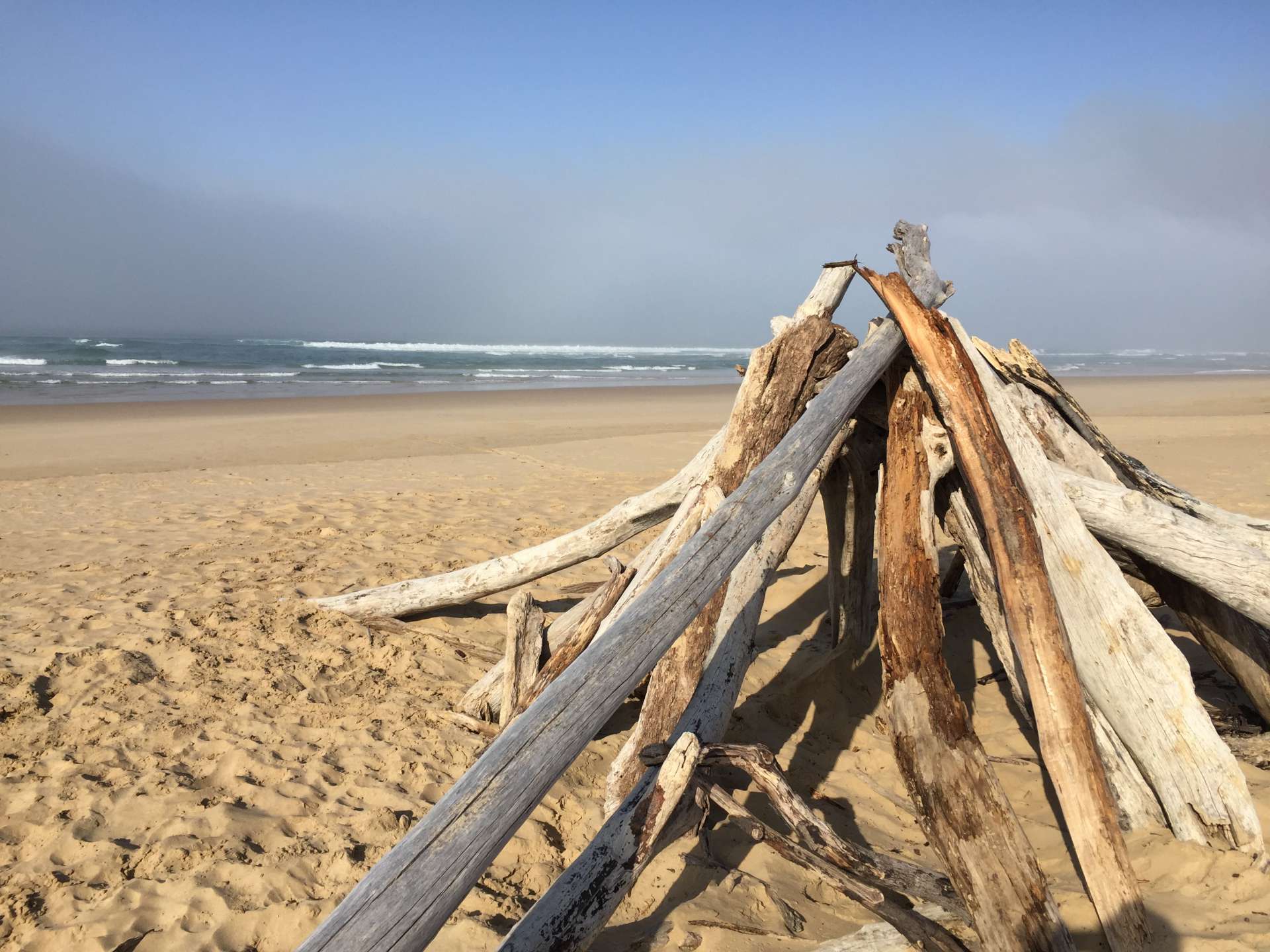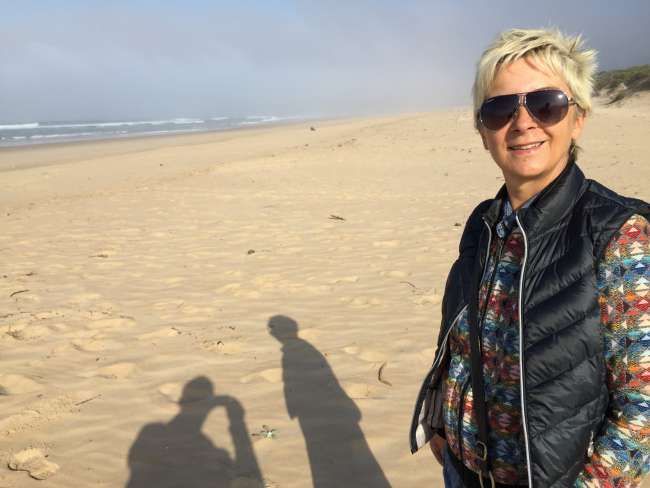From Mossel Bay to Knysna
Whakaputaina: 17.09.2016
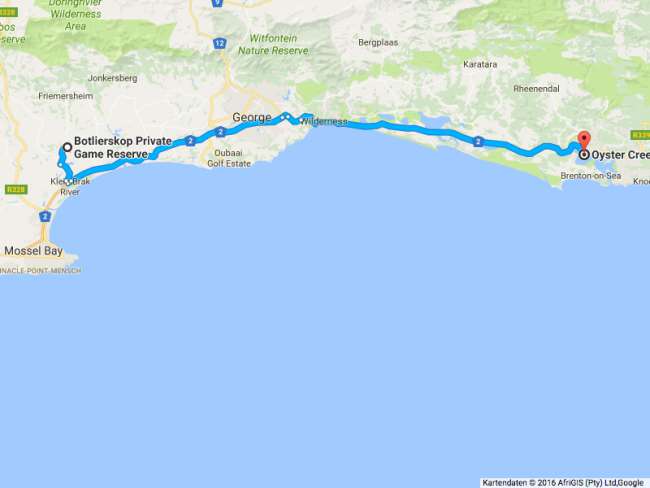
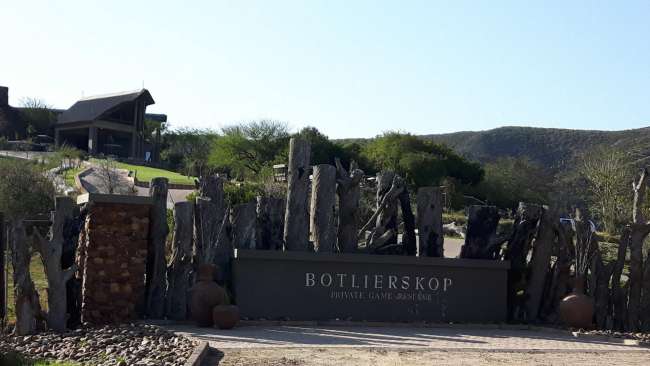
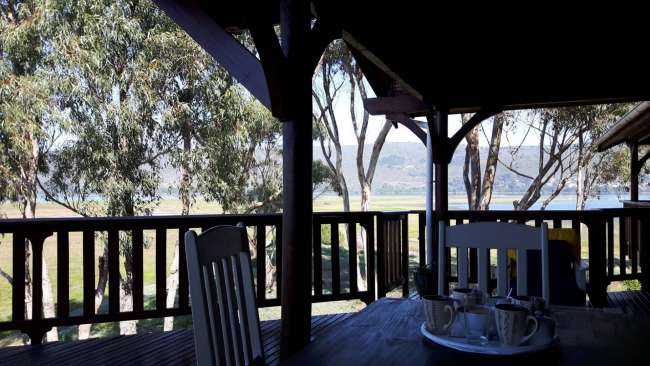
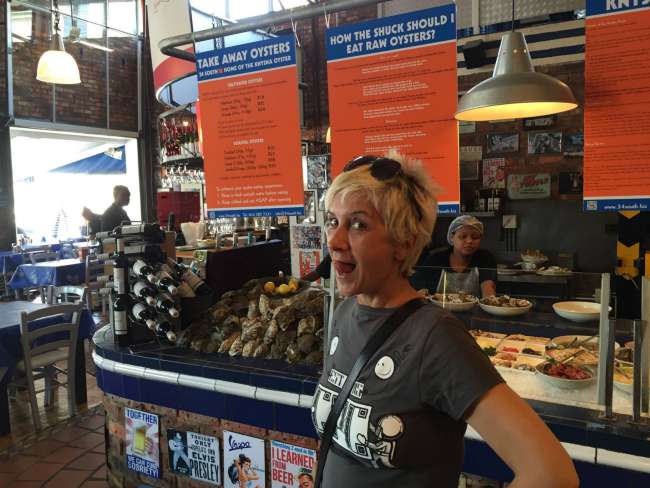
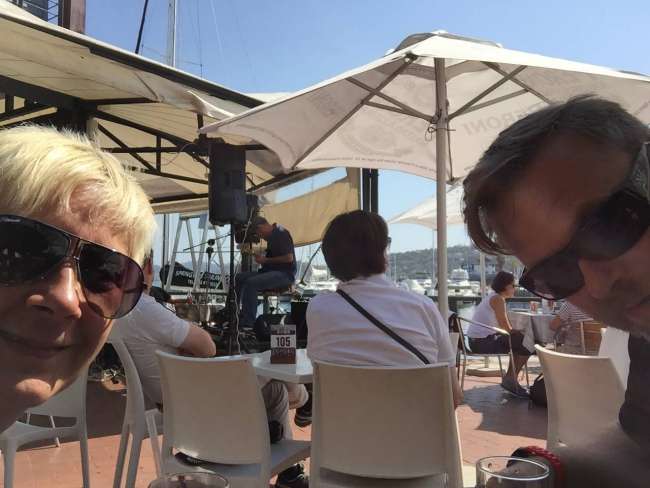
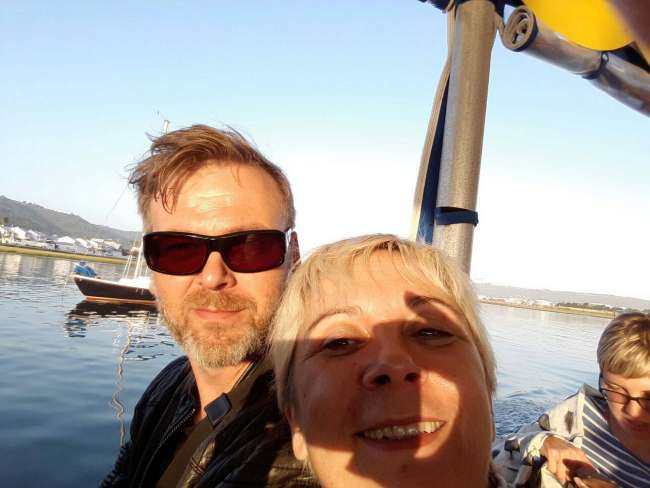
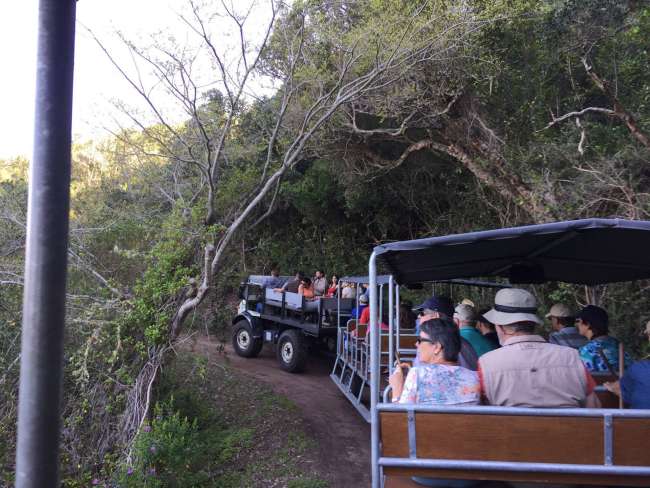
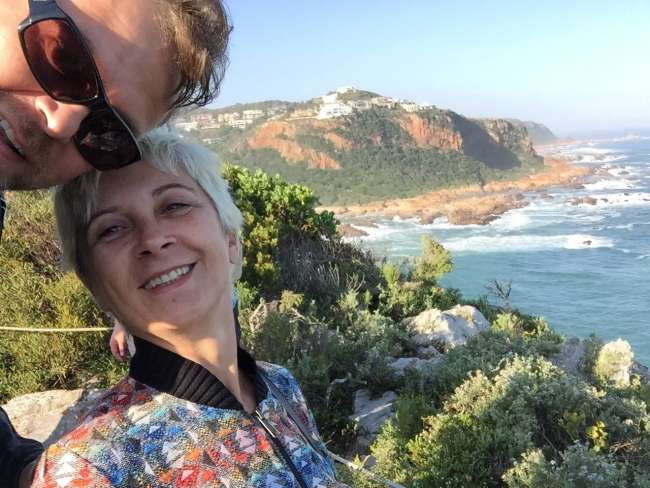
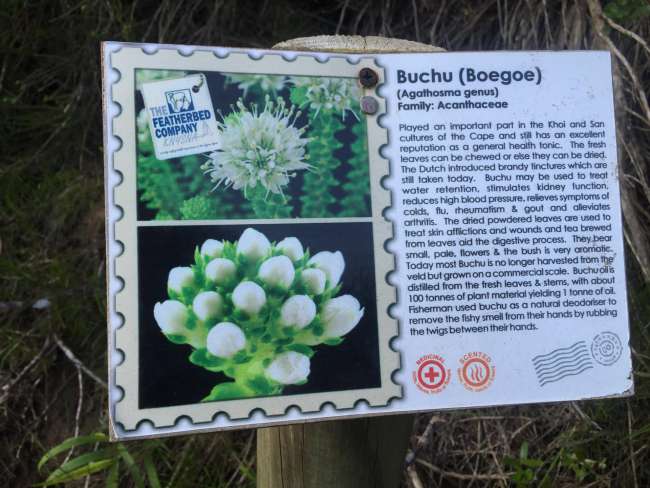
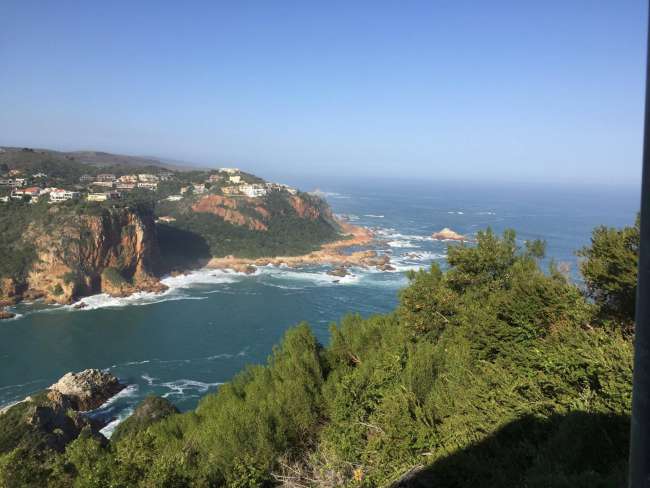
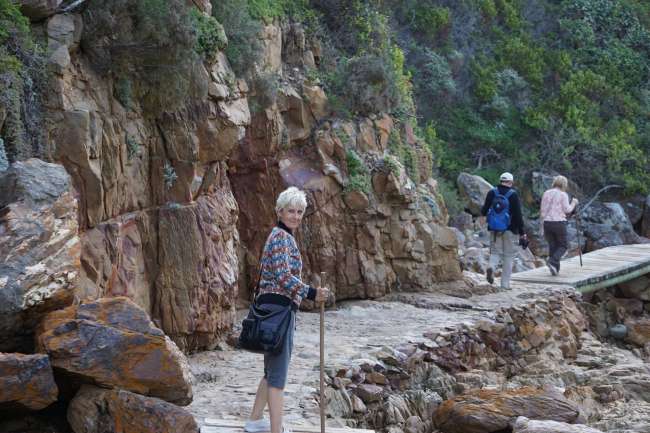
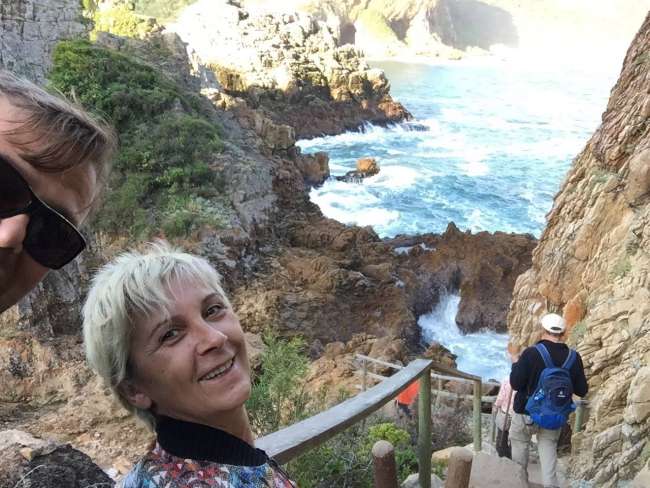
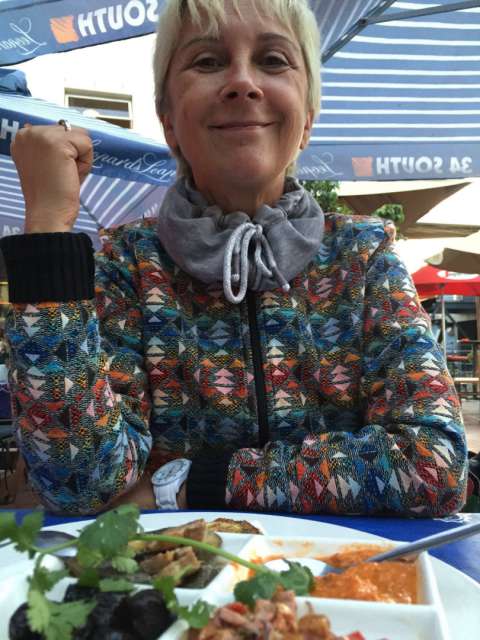
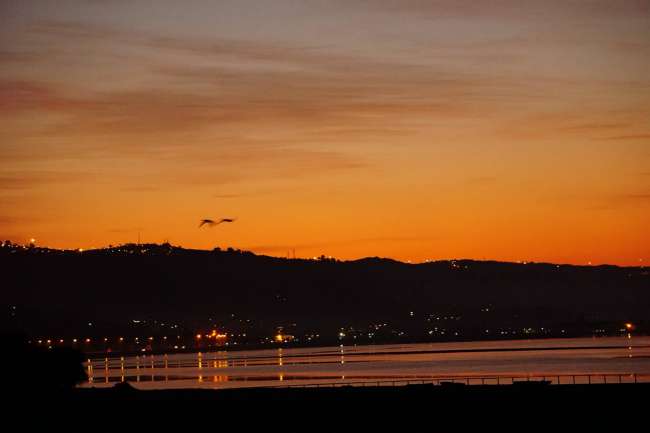
Ohauru ki te Panui
South Africa/ Day 6 - 27.8.2016
Early this morning, while enjoying coffee on the terrace, we observed a large pheasant family. About twenty birds had spent the night in the tree in front of our terrace. After sunrise, we heard loud thuds and saw: The birds dropped individually from the tree. Once the group had fully reached the ground, they started their morning jogging course. Some antelopes had spent the night under our terrace, and a group of monkeys watched us through the window during breakfast.
We were sad to say goodbye, but we were also excited for new adventures, so we headed towards Knysna after breakfast.
During the approximately 2-hour drive, we could hardly recover from one breathtaking view to the next. Huge beaches in Wilderness, dense forests that South Africans are particularly proud of because of their rarity, mountains, rivers, lakes, and winding roads. Many baboons were hanging out by the roadside. JC said, "They seem to be the wild boars of South Africa."
By 11 o'clock, we crossed the bridge over the Knysna Lagoon and saw the B&B Guesthouse, the Oyster Creek Lodge, where we wanted to spend the next two nights. A wooden house in the middle of a peninsula in the lagoon, I'm running out of superlatives, it was so beautiful there.
As soon as we arrived, the manager Gerhard welcomed us and took care of our luggage. Gerhard is so friendly and attentive that you immediately like him. He explained everything about the house, introduced the staff, and raved about the tourist possibilities around Knysna. He answered all our questions.
Gerhard, a born South African, looks like an Englishman and is a passionate lover of his homeland. He especially recommended the bird and elephant park and the whale watching to us, raving about everything so much that we wanted to do it all. The guesthouse he runs is completely made of wood and has 10 rooms, a large lounge with a kitchen that we can use to make coffee, a television, and a refrigerator from which we can take whatever we want. Breakfast will also be served there tomorrow. There are seat cushions and blankets available for the large terrace that connects all the rooms. "Make yourself at home! It's yours for the next two days!" Gerhard said and showed us to our room, which we were allowed to check into despite our early arrival. The room is functional, with a bottle of water on the bedside table for each of us, dessert wine, and a kettle and coffee sachets. These little things make the tourist life here especially pleasant.
We sat on the communal terrace overlooking the lagoon and enjoyed a cup of coffee. Gerhard raved about the birds that live here. He feeds wild birds from his hand and can explain everything about the wildlife.
Then we headed to the famous Knysna Waterfront. There are plenty of restaurants, cafes, and shops there.
Knysna is a small, very touristy town, the most popular one on the Garden Route (which is particularly noticeable on weekends, even though it's winter). It is located between mountains and the lagoon, which flows into the Indian Ocean through a narrow gap in the rocks. There are two islands in the lagoon, on which only very wealthy people can afford a house, we were told. For Germans, the prices don't seem quite as high as we could see from the pictures of a real estate agent.
No matter where you look, everything looks beautiful. From the waterfront, we booked a tour to the Featherbed Nature Reserve. It is located at the end of the peninsula on a cliff that borders the lagoon from the west and can only be reached by boat. A German tour group from Bamberg was also with us, and we immediately remembered why we enjoy traveling alone. So much noise, chatter, and annoyance! Some of them behaved as if they had drunk too much wine or smoked the wrong thing. They knocked on wood with their walking sticks and rhythmically called out that they were ready, and so on. They had been traveling thousands of kilometers by bus and plane for 14 days, as one man told us. He didn't even have time to smoke in between, always in a hurry and on to the next highlight.
The tour guide for our boat trip to the nature reserve spoke very good and understandable English. The Featherbed Reserve is so named because the first sailors initially spent the night on the side facing the Indian Ocean on the peninsula and later on the lagoon side. They then realized that sleeping on the lagoon side felt like sleeping in a feather bed. We also learned that there are saltwater and freshwater fish in the lagoon, and from July to September, there are also dolphins and whales. When we arrived at the nature reserve, we drove in trailers on a Unimog to the top of the mountain, then hiked about 2.5 km back to the anchorage, marveling at the nature, the sea, and the rocks, and finally learned the name of the plant that smells like cannabis: Buchu. It is blooming particularly strongly this year, which explains the strong smell.
After 3 hours, when we returned, we had fresh fish at a restaurant recommended to us by other tourists, called '34 South'. The restaurant at the waterfront is very cool, and the counter looks like the one in the gourmet floor of KDW for backpackers. Of course, they have oysters, this region is known for them, but we don't like them. We weren't really impressed with the food at '34 South', but we attributed that to being too spoiled from the previous four days.
See you soon...
Tatjana
By the way, I also write on: https://www.facebook.com/rucksackfrei/
Ohauru ki te Panui
Whakautu
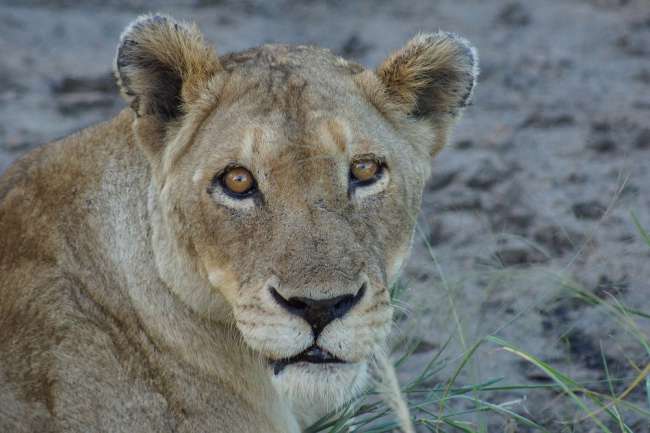
Ripoata haerenga Āwherika ki te Tonga
